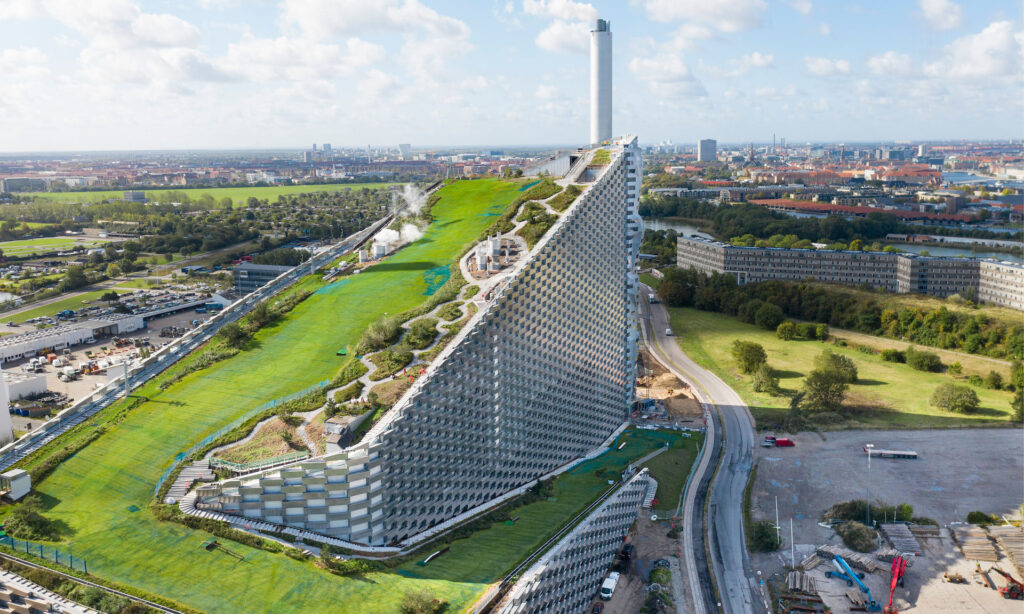Architects and urban planners are increasingly challenged to design and plan cities that integrate sustainability and the well-being of their inhabitants. One of the most efficient strategies to achieve this goal is the development of green areas and public spaces.
This approach improves the quality of life in urban areas and contributes to the creation of green infrastructure that generates economic, social and environmental benefits.
In this article, we will explore the importance of the development of green spaces and public spaces in cities, highlighting their relationship with sustainability, green infrastructure and urban architecture.
Sustainability and green areas
Sustainability is a concept that has become central to urban planning and design. It refers to the ability to meet the needs of the present without compromising the needs of future generations, ensuring a balance between economic growth, social well-being and environmental protection.
Green areas and public spaces play a crucial role in promoting sustainability in cities. They not only beautify and enrich the urban landscape, but also contribute to improving air quality, reducing greenhouse gas emissions, lowering ambient temperatures and promoting biodiversity. In addition, green spaces help retain and filter rainwater, which helps prevent flooding and maintain the natural water cycle.

Green infrastructure: an inclusive approach
Green infrastructure is an approach that seeks to integrate natural and semi-natural elements into the built environment, with the aim of providing multifunctional solutions to urban challenges. This concept encompasses a wide range of interventions, from the creation of parks and gardens to the implementation of green roofs and green walls on buildings.
The development of green infrastructure in cities offers multiple benefits. On the one hand, it contributes to improving the quality of life of citizens by providing spaces for leisure, sport and socialising. On the other hand, it helps to increase the resilience of cities to the effects of climate change, such as heat waves, droughts and floods.

Urban architecture: designing quality public spaces
Urban architecture plays a crucial role in designing public spaces and green areas that meet the needs and expectations of citizens. By focusing on sustainability and human well-being, architects can create public spaces that are both functional and attractive. Below are some key aspects to consider when designing quality green spaces and public spaces:
Connectivity: Ensure accessibility and connection between green areas, public spaces and public transport.
Flexibility: Design modular and multifunctional spaces that adapt to different activities and events.
Inclusion: Create accessible and safe spaces for all, taking into account the needs of different user groups.
Sustainability: Use recycled materials, sustainable drainage solutions and promote biodiversity through the appropriate selection of vegetation.
Integration with the environment: Harmonise with the history, culture and geographical features of the site, and consider the preferences of the local community.
Citizen participation: Collaborate with the community in the design and planning process to ensure welcoming and meaningful spaces.
Conclusion
The development of green areas and public spaces in cities is essential to promote sustainability, green infrastructure and quality urban architecture. By integrating these elements into urban design and planning, architects can contribute significantly to the well-being of citizens and the resilience of cities to current and future challenges. Collaboration between professionals, communities and authorities is essential to create inclusive, multifunctional and environmentally friendly public spaces that improve the quality of life in urban areas and ensure a more sustainable future.

